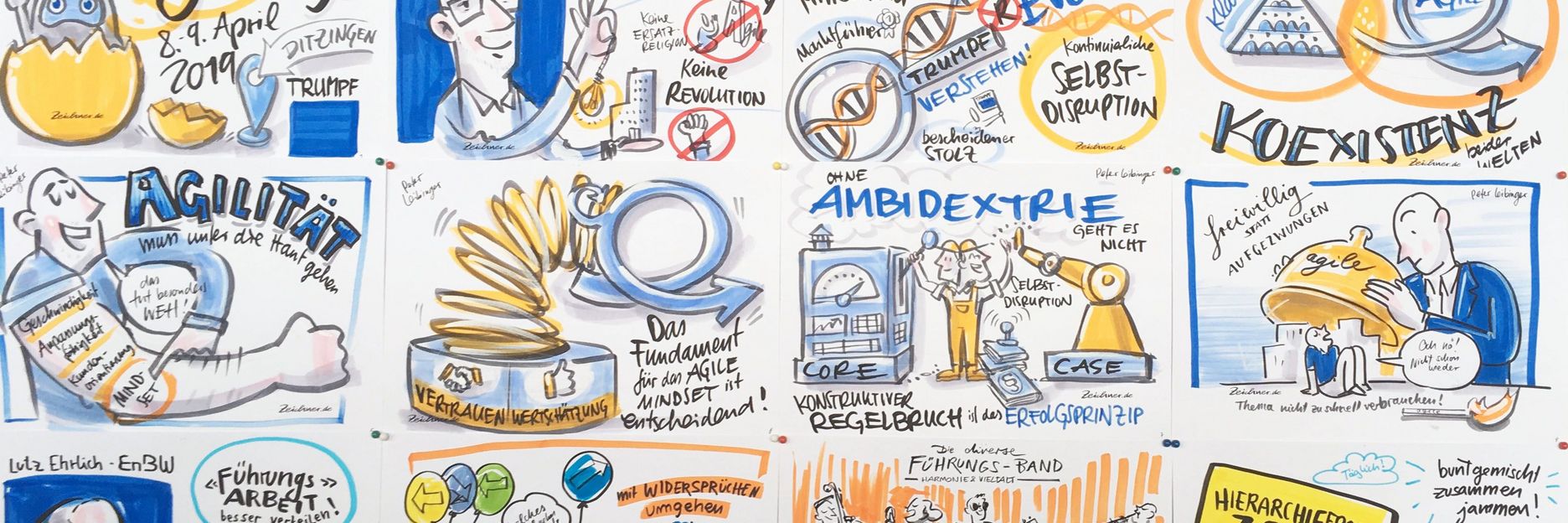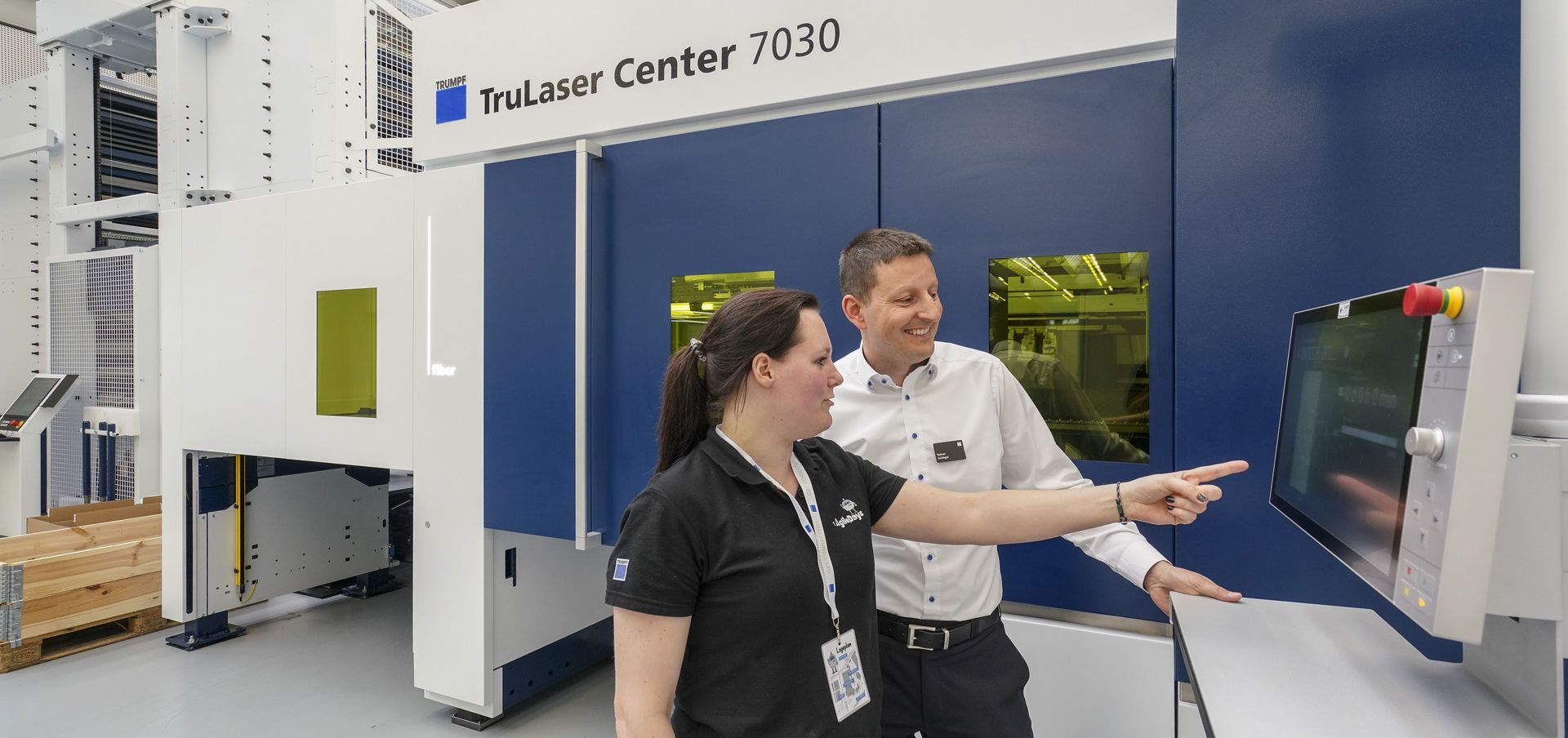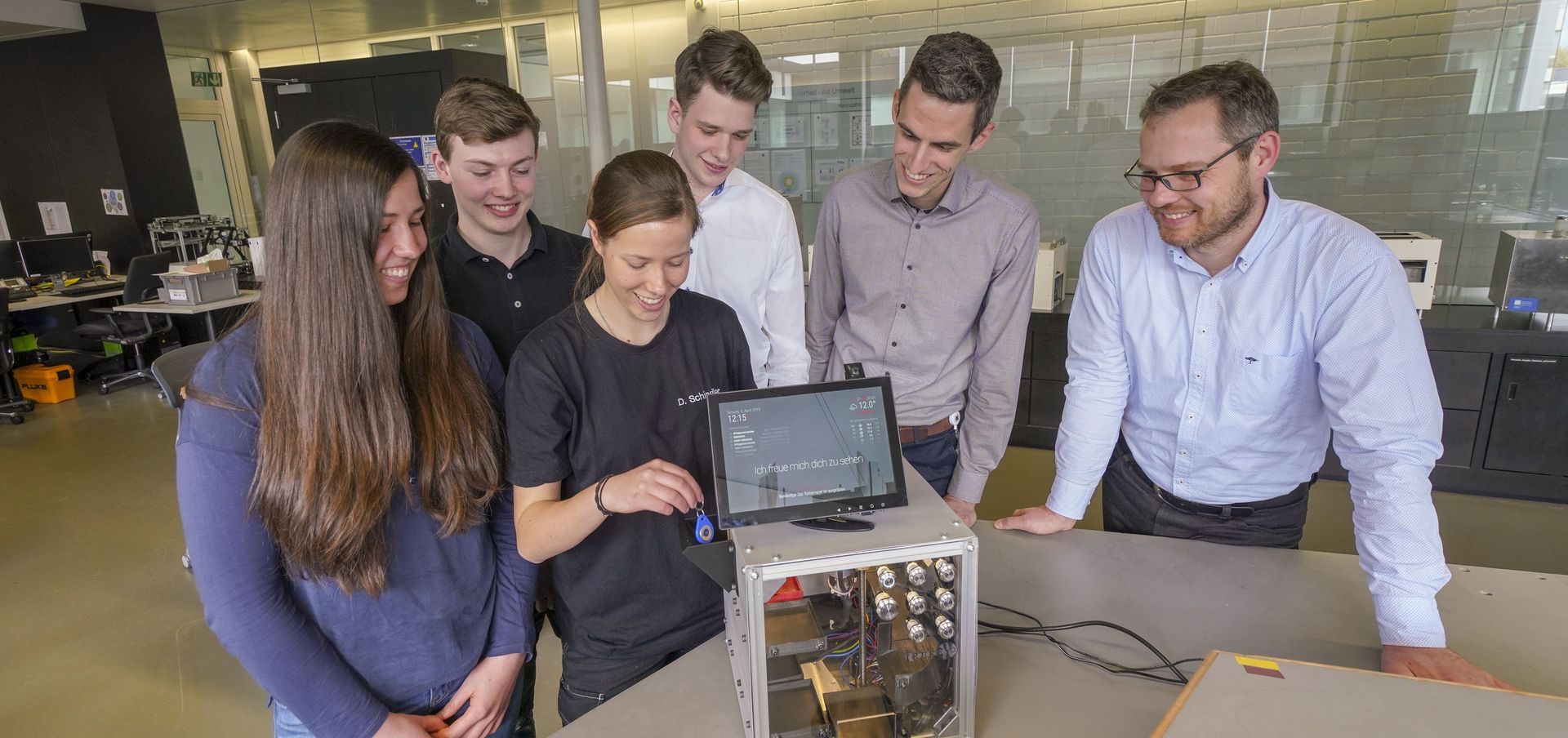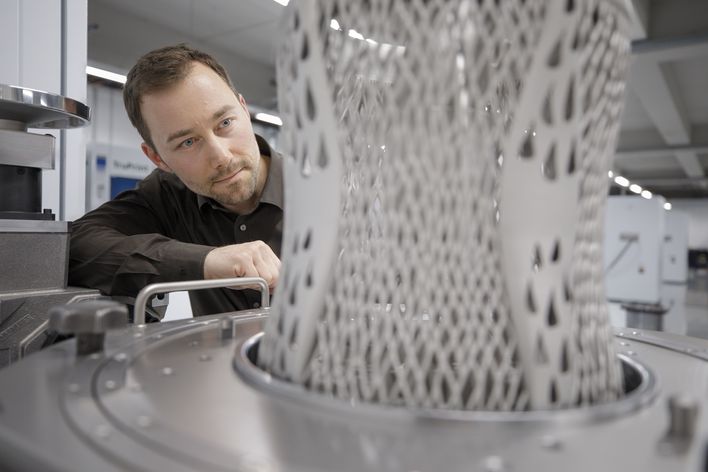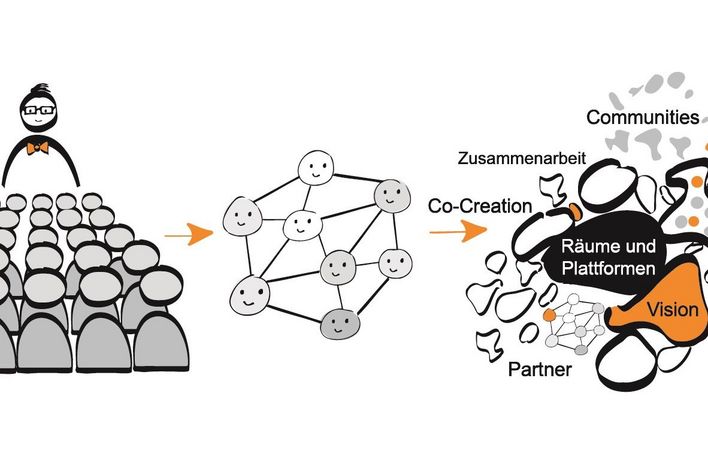TRUMPF is keeping pace with digital transformation and tailoring it to the company’s needs. At the same time, it is holding on to the methods that have worked so well in the past. That’s how the company is approaching digitalization – and it marks a radical shift in its corporate culture. “More than anything else, digital transformation relies on people having the freedom to make mistakes they can learn from, “ says Oliver Maassen, head of HR at TRUMPF. Agile methods are helping to promote this new conception of work at TRUMPF.

Prof. Dr.-Ing. Prof. e.h. Wilhelm Bauer, director of the Stuttgart-based Fraunhofer-Institute for Industrial Engineering IAO and technology commissioner for the federal state of Baden-Württemberg:
- “Bear in mind that digitalization reflects a significant transformation of the economy.”
- “It’s crucial to keep developing your skills!”
- “Have the courage to roll up your sleeves and get started! Just do it!”
TRUMPF has been taking an agile approach to software development for the past ten years. The post of group manager was eliminated from many areas around two years ago and this role was replaced by a combination of chief product owner and agile manager – one such duo is Juliane Pilster and Rainer Schlegel. “As an agile manager, my job is to help people learn how to work independently and autonomously in teams. I support both their personal and professional development,” says Juliane Pilster. Meanwhile, chief product owner Rainer Schlegel is responsible for guiding multiple teams through deliberations on the content and subject matter of their work. “A project will only succeed if the team has a product vision – and if the team collaborates to find the best way to achieve that vision. They need to be able to thrash out the content of their work with someone who is in charge of that product without fear of getting a poor performance assessment from a line manager.” This is the only way to maximize a team’s freedom and creativity while allowing each individual to contribute their ideas to the overall system.
Delegating responsibility: success through teamwork
“Managers need to delegate responsibility to the team and trust them to get the job done,” says Pilster. The team organizes itself and takes responsibility for its own actions, for example by helping to choose new team members. Most of the coaching and support the team needs for its work come from a scrum master, who is tasked with improving the way in which the team works together within the organization. The scrum master can mediate between individual team members, other related teams and managers in situations where the team is unable to overcome obstacles on its own. Communication is the key in these cases.
“There are certain tasks where agile might not be the best approach, however. That’s why we’re not aiming to abandon methods that have worked well for TRUMPF in the past, but rather to combine both approaches,” says Schlegel.
What does agile working look like in practice?
The best way to successfully adopt agile methodologies is to learn them from an early stage. “We need even more support from the government in training and developing people’s agile skills. We need to make digitalization a fundamental part of primary, secondary and higher education,” says Maassen. That’s why TRUMPF has already incorporated elements of work 4.0 in its training programs for young talent. TRUMPF was the first company in Germany to employ a dedicated trainer for the topic of connected industry, whose mission is to prepare young trainees for digital working environments and provide them with the necessary skills.
TRUMPF fosters young talent’s digitalization skills
One example of this approach is the TRUMPF cube initiative – a collaborative, interdisciplinary development project for students enrolled on a co-op work-study program at Baden-Wuerttemberg Cooperative State University (DHBW). The project covers everything from the modelling and construction of the cube right through to its marketing. The metal cube’s dimensions are fixed, but the students can apply their creativity to deciding what function the product should have. One of the designs the students came up with was a digital key box, in which a mechanical claw automatically ejects keys from the cube via a 3D printed ramp at the push of a button. The interdisciplinary nature of the TRUMPF cube project makes it a genuinely collaborative process. This example brought together electrical engineering students to handle the electronics, mechanical engineering students to plan the individual components and produce them on a 3D printer, and computer science students to program the cube. “This type of collaboration is a particularly powerful learning experience because students working on a TRUMPF cube constantly have to take into account the ideas and requirements of the other disciplines,” says Torsten Klaus, group manager for technical apprenticeships.

